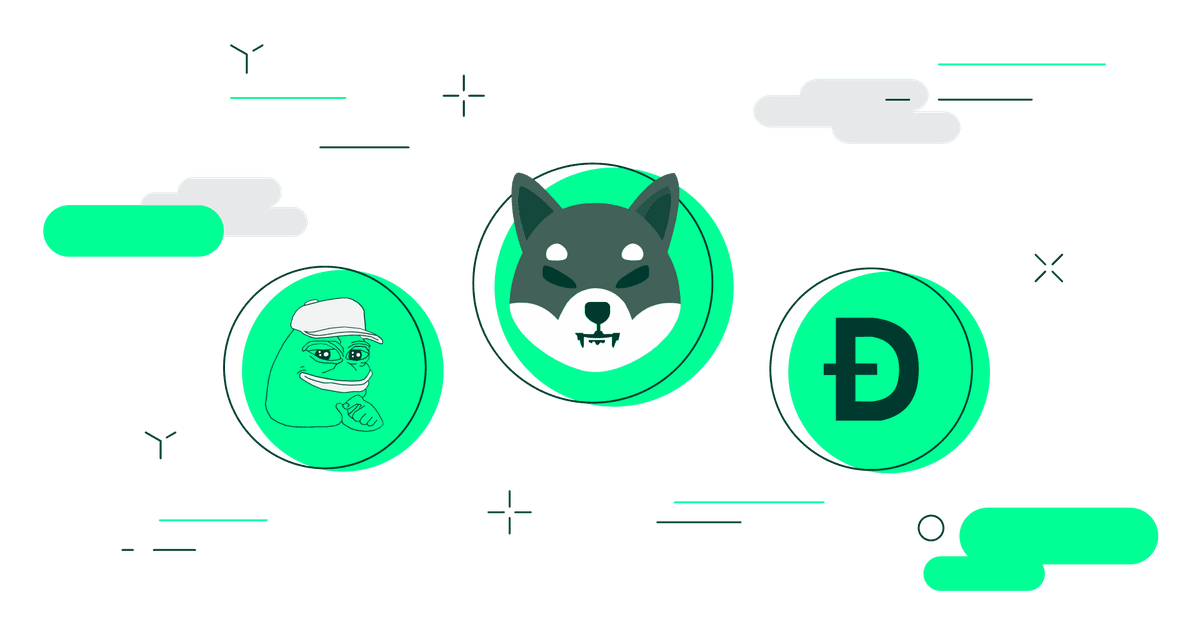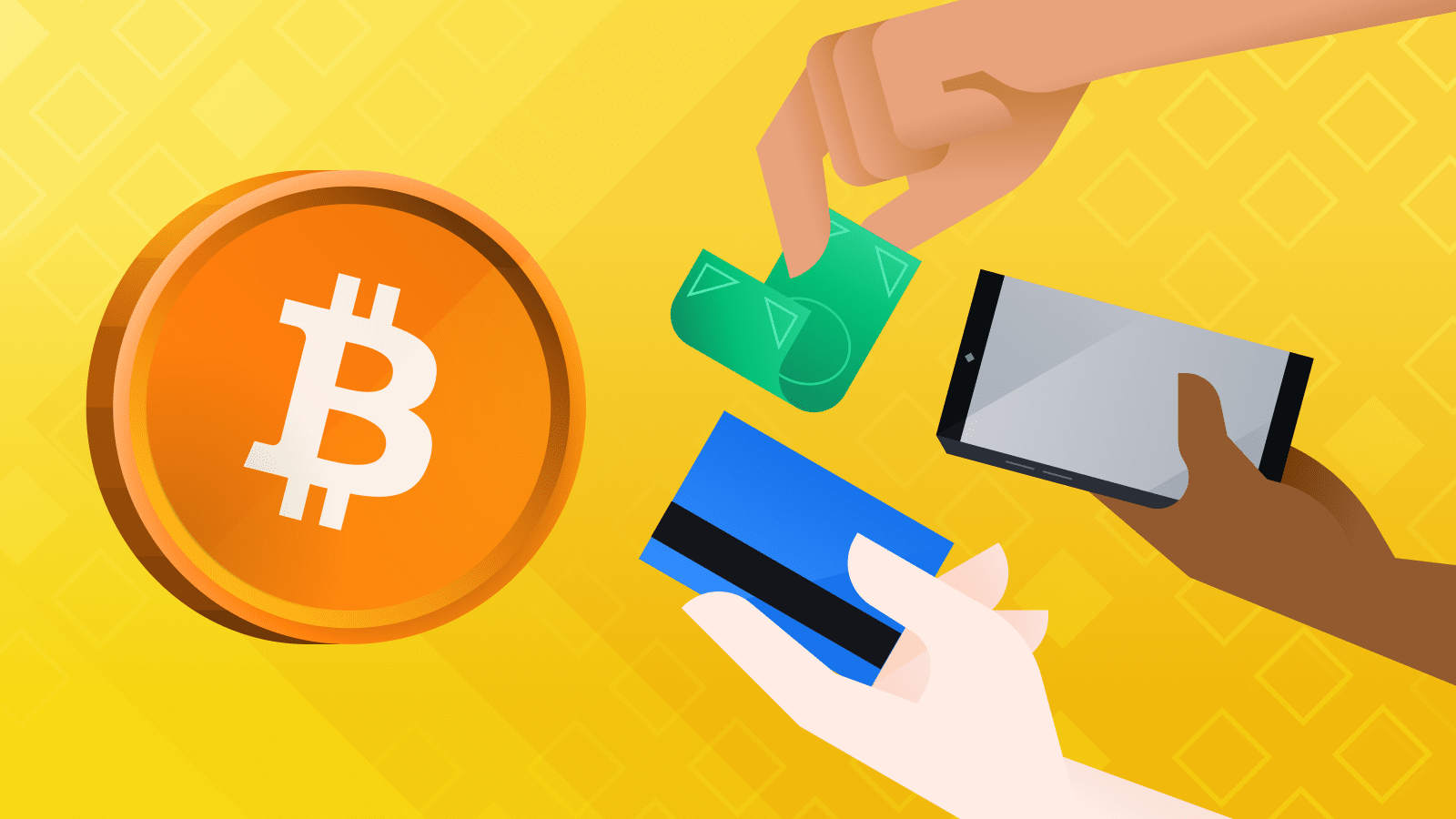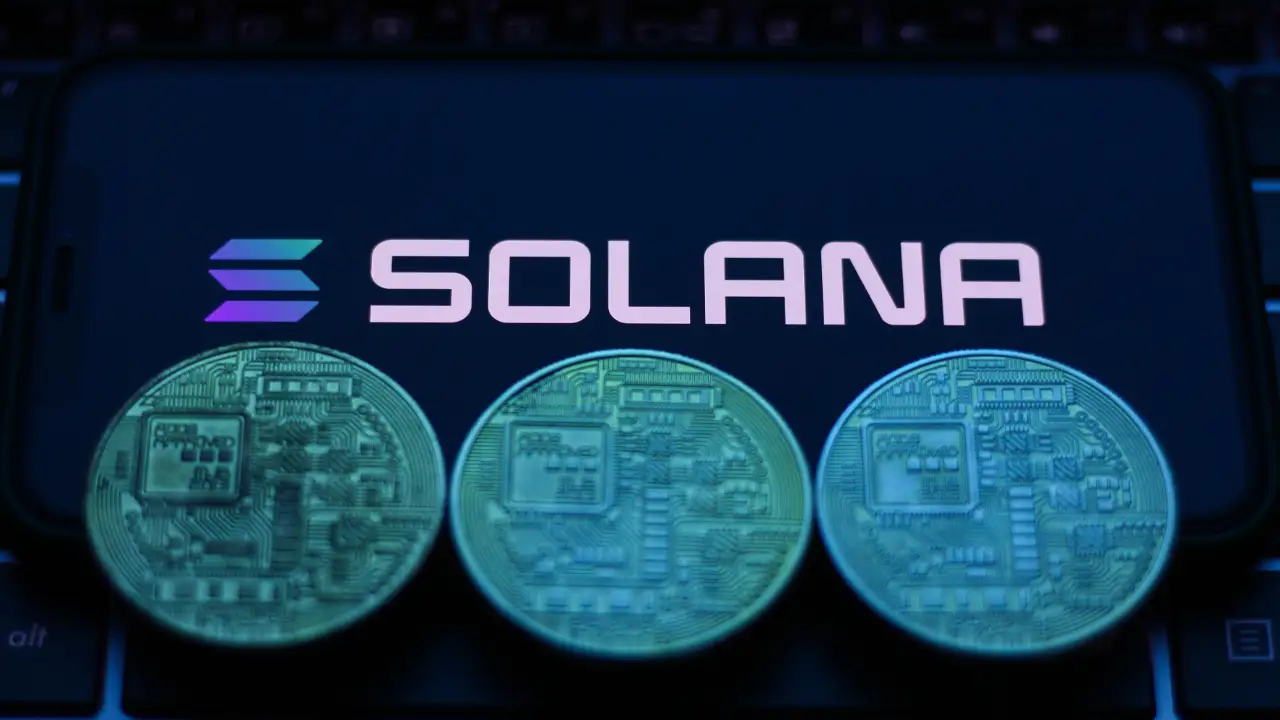Meme coins defy logic with dizzying spikes and crashes fueled by internet culture and hype. What drives this wild frenzy? Find out now.
Meme coins have stormed the cryptocurrency world, grabbing headlines and investor attention alike. These coins started as jokes but quickly morphed into something serious—at least for traders riding the hype waves. So, what exactly are the most popular meme coins today? And why do they captivate such a large audience? This report dives into those questions and more.
The Top Players in Meme Coins
Among the sea of crypto tokens, three meme coins have risen above the rest due to strong communities and viral marketing tactics.
- Dogecoin (DOGE): The original meme coin, launched in 2013. Inspired by the Shiba Inu dog meme, Dogecoin gained massive fame for its vibrant online community and use in tipping and microtransactions. It has a market capitalization running into billions, as reported by CoinMarketCap.
- Shiba Inu (SHIB): Dubbed the “Dogecoin killer,” this token skyrocketed due to an aggressive marketing campaign, social media hype, and decentralized exchange activity. SHIB also emphasizes community governance and unique tokenomics.
- PEPE: A newer entrant named after the viral Pepe the Frog meme, this coin quickly captured investor interest with a meme-centric approach, driving notable trading volume shortly after launch.
Viral Marketing Dynamics
What sets meme coins apart isn’t just technology but the cultural movement behind them, says blockchain analyst Maria Torres from Chainalysis.
People are drawn to the memes, social media buzz, and viral challenges that fuel buying frenzies. This momentum often triggers significant price spikes and attention from influencers.
Unlike traditional cryptocurrencies that focus on utility, these tokens thrive on internet culture. Their success hinges on a powerful network effect where community endorsement builds value independent from technical fundamentals. The explosion of Dogecoin, influenced by Elon Musk’s tweets, exemplifies this dynamic.
Tokenomics and Supply
Understanding tokenomics is key to grasping how these coins operate:
- Dogecoin has an uncapped supply, with about 134 billion coins circulating. Its inflationary model rewards miners but can dilute value over time.
- Shiba Inu started with an enormous supply of one quadrillion tokens but implemented burn mechanisms to reduce circulation and create scarcity.
- PEPE, like many new meme tokens, uses limited supply and targeted burns to appeal to scarcity-focused investors.
As Binance Research explains, tokenomics shape investor expectations by controlling supply and demand, but in meme coins, hype often trumps fundamentals.
The Speculative Nature of Meme Investing
Meme coins represent some of the most speculative investments in crypto, warns blockchain economist Dr. Alex Wang at CoinDesk.
Prices often swing wildly based on social media trends or celebrity endorsements instead of intrinsic value. This volatility attracts day traders and speculators eager to capitalize on quick gains but poses risks to long-term holders.
Investors should note that meme coins rarely offer traditional use cases like decentralized finance or smart contracts. Instead, their value often depends on the willingness of others to buy at higher prices. This creates a speculative bubble dynamic prone to abrupt corrections.
The frenzy around PEPE following its launch reflects this unstable hype cycle. While some have profited handsomely, many experience rapid losses once attention shifts. Still, the engaging meme culture continues to lure new participants into the space.
Facts to Keep in Mind
- Meme coins lack the financial backing or innovations seen in major cryptocurrencies like Bitcoin or Ethereum.
- Their communities act as informal marketing engines, where social media and online forums play crucial roles.
- High volatility around these tokens means prices can rise or crash within hours based on sentiment change.
In essence, meme coins offer a fascinating blend of internet culture and digital finance. Their rise underlines how viral marketing and community-driven enthusiasm can reshape markets in unpredictable ways.





